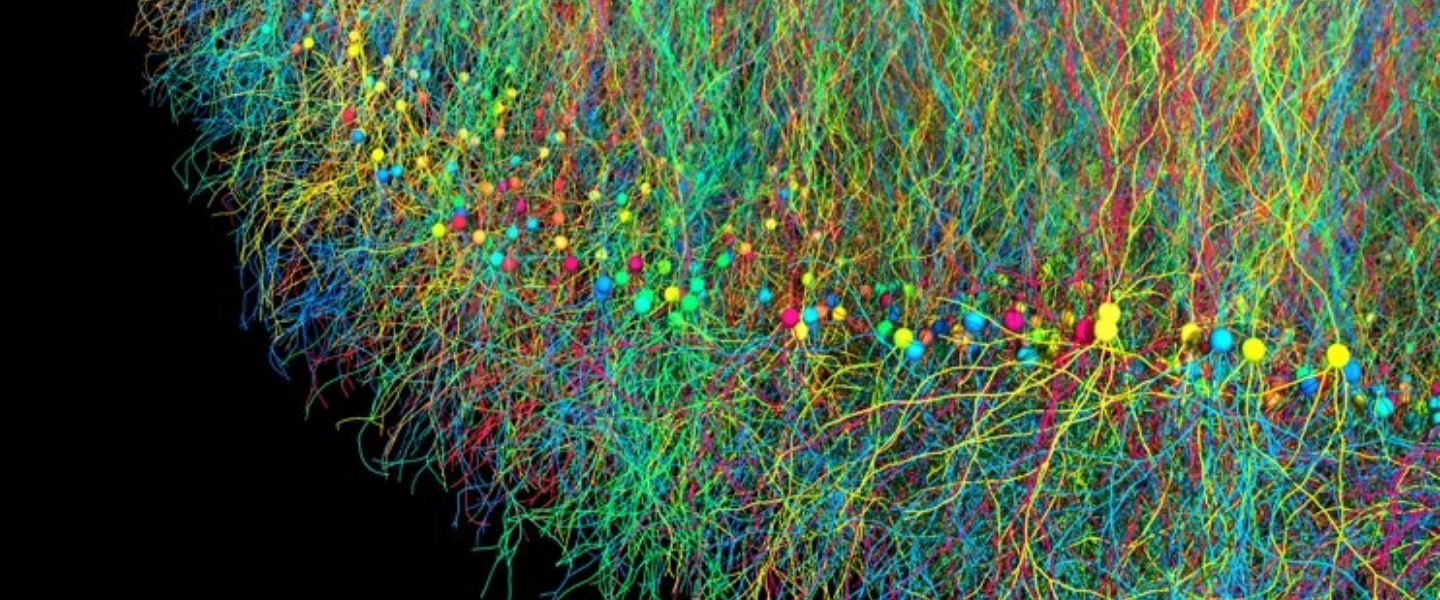
BioDynaMo shows the power of 3D agent-based modelling
Today, the BioDynaMo consortium is proud to announce the release of BioDynaMo v1.0! BioDynaMo is a software platform designed to easily create, run and visualise 3D agent-based simulations. Agent-based simulation is central to a wide range of research fields, from biology to business and epidemiology to economics. Thus, this powerful new platform could play a key role in unlocking exciting new discoveries in a variety of important fields.
BioDynaMo’s agent-based modelling engine has been optimised for simulations involving billions of agents. In addition to biological simulations, BioDynaMo is already being used today for COVID-19 epidemiological simulations and large socio-economic simulations are under development. The code is available as open source and can be downloaded from the BioDynaMo website: www.biodynamo.org.
The BioDynaMo platform has been developed through an ambitious international project, involving seven institutions: CERN, University of Surrey, Newcastle University, GSI Helmholtz Center, University of Cyprus, University of Geneva, ImmunoBrain Checkpoint and SCImPULSE Foundation. Researchers at these organisations have come together to develop this platform because the huge potential large-scale 3D agent-based modelling offers. Built on top of the latest computing technologies, the BioDynaMo platform enables users to perform simulations of previously unachievable scale and complexity, making it possible to tackle challenging scientific research questions.
Dr Roman Bauer, Assistant Professor at the University of Surrey and the spokesperson of the collaboration, says: “This is an important milestone for the project. We collected many suggestions from users and have very carefully integrated these into the newest release. Usability is a key criterion for open-source scientific software. I lead several neuroscience research projects using BioDynaMo and we aim for BioDynaMo to become a standard tool for reproducible computational biology research and training.”
Dr Vasileios Vavourakis, Assistant Professor at the University of Cyprus, is a BioDynaMo user and co-developer. He highlights the merits of the platform for `in silico’ modelling in biomedicine: “My team is using BioDynaMo to improve our understanding of cancer and wound-healing mechano-biology. BioDynaMo, coupled with other numerical approaches, offers great flexibility and is a valuable asset in this effort.”
Jack Jennings, who is a PhD student at Newcastle University, is a prolific user of BioDynaMo for the simulation of cryopreservation. He emphasises that “BioDynaMo’s modularity really helps users to adapt and extend it for their very specific needs. For my doctoral project, I added additional functionality necessary to simulate the impact of cooling and thawing on living cells and tissues.”
Dr Jean de Montigny, a project associate with CERN openlab, started working on BioDynaMo during his PhD at Newcastle University, building a simulation of retinal mosaic development. He recently started to use BioDynaMo for epidemiological studies, in order to investigate the spreading of viruses in indoor spaces. He says: “BioDynaMo is very versatile. I had the chance to use it to answer scientific questions in three different areas: neuronal growth, tumour development and now in epidemiological studies. In all of these domains, BioDynaMo exhibited a high level of performance and ease of use.”
Dr Fons Rademakers, CERN openlab Chief Research Officer and the BioDynaMo engineering leader, says: “We are proud to be bringing our expertise in computing and simulation into this exciting project, as part of CERN’s knowledge transfer activities for the benefit of medical applications. We spent a lot of time and effort on the scalability of the simulation engine by using multi-threading and GPU acceleration extensively throughout the code. Also, the code quality is constantly monitored by a large set of tests continuously executed during the development. Although this is a v1.0 release, we feel very good about it. In any case, this is only the beginning.”
This article was originally published by the University of Surrey. Please find the original version here: Surrey develops a breakthrough new simulation platform | University of Surrey
